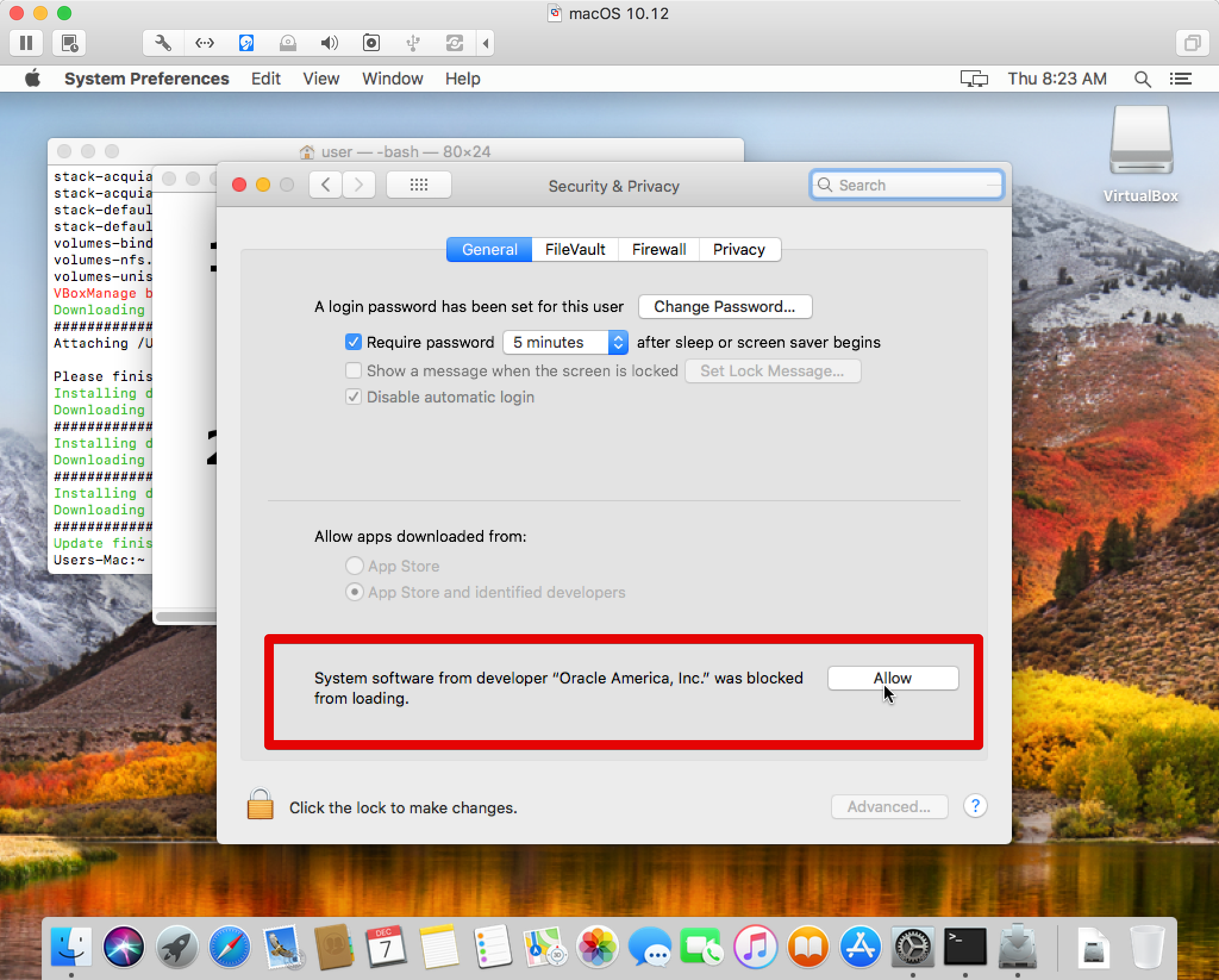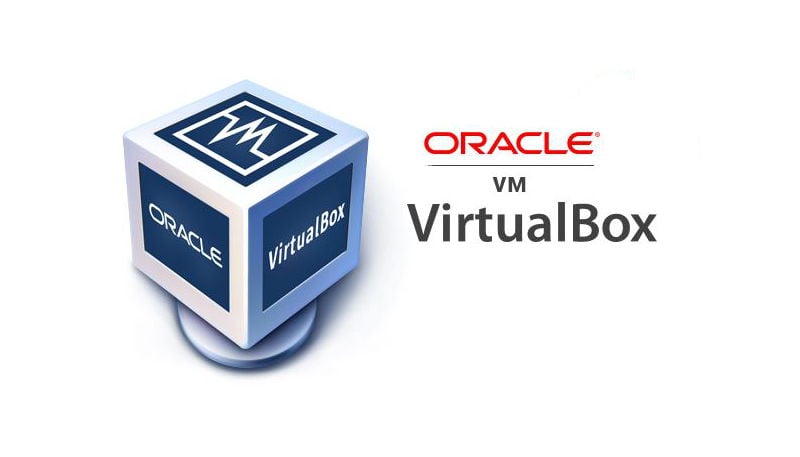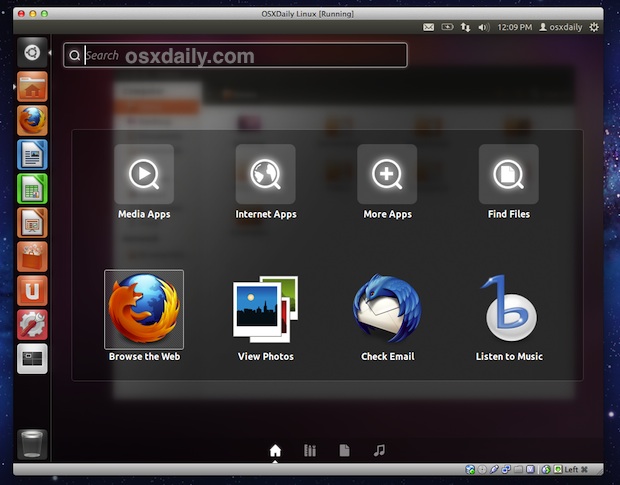| Developer(s) | Oracle Corporation |
|---|---|
| Stable release | |
| Written in | C |
| Operating system | Linux kernel |
| Platform | IA-32, x86-64 |
| Type | Platform virtualization |
| License |
|
| Website | www.oracle.com/us/technologies/virtualization/oraclevm/overview/index.html |
Oracle VM Server for x86 is the server virtualization offering from Oracle Corporation. Oracle VM Server for x86 incorporates the free and open-sourceXenhypervisor technology, supports Windows, Linux, and Solaris[3] guests and includes an integrated Web based management console. Oracle VM Server for x86 features fully tested and certified Oracle Applications stack in an enterprise virtualization environment.[4]
Oracle VM Server for x86 can be freely downloaded through Oracle Software Delivery Cloud.[5] Oracle announced the general availability of Oracle VM 3.4.6 at 30 November 2018. Mac update os.
Components[edit]
- Oracle VM Manager: web based management console to manage Oracle VM Servers.
- Oracle VM Server: includes a version of Xen hypervisor technology, and the Oracle VM Agent to communicate with Oracle VM Manager for management of virtual machines. It also includes a minimized Linux kernel as Dom0.
Versions[edit]
Requirements VirtualBox 5.2 or higher Usage Start a cluster using the virtualbox driver: minikube start -driver=virtualbox To make virtualbox the default driver: minikube config set driver virtualbox Special features minikube start supports some VirtualBox specific flags: -host-only-cidr: The CIDR to be used for the minikube VM (default “192. VirtualBox is a free alternative to Parallels or VMWare that seems to have most of the same functionality, but takes a little more user intervention to get set up and make run properly. It runs on MacOS, Windows, and Linux, and in principle, most of what’s below is independent of the host OS, but these specific notes were used to install it.
Meet the first-ever SUV from Genesis, pushing the limits of style and performance with a full suite of intuitive technology, all-road capability, luxurious comfort for all passengers, and a design that stops you in your tracks. The Genesis GV80 ushers in a new era of what a modern luxury SUV should be. Genesis essentia concept Electric and electrifying, the Genesis Essentia Concept is the ultimate expression of our athletic elegance design language. Genesis crossover vehicle.
- 3.4.6.3 - 3 June 2020[6]
- Export VMs to Oracle Cloud Infrastructure (OCI)
- security updates
- cumulative bug fixes
- 3.4.6.2 - 13 December 2019[7]
- Additional Linux guest OS support (Oracle Linux 8.x, Red Hat Enterprise Linux 8.x, and CentOS 8.x)
- security updates
- cumulative bug fixes
- new release model
- 3.4.6.1 - 18 June 2019[8]
- updated versions of the Oracle VM Manager and Oracle VM Agent for SPARC
- security updates
- cumulative bug fixes
- 3.4.6 - 30 November 2018[9]
- Updated Xen hypervisor
- Update to the dom0 kernel
- Security and patch updates for Oracle VM Server for x86 packages
- Security and patch updates for Oracle VM Manager components
- New User-Defined Validity in Months Option for Self-Signed SSL Certificates
- New Option to Change the Location of a Running Virtual Machine
- Increased Virtual CPU Configuration Limit for HVM and PVHVM
- 3.4.5 - 7 June 2018[10]
- Support for Hybrid Columnar Compression (HCC) for better Oracle Database performance
- A new Fiber Channel storage refresh option with Oracle generic storage plugin deployments
- A new Balance Server start policy to complement the Best Server policy
- Increased performance for Microsoft Windows guest operating systems
- Support for TLS1.2 as the default connectivity protocol
- Update to the dom0 kernel
- Updated Xen hypervisor
- Security and patch updates for Oracle VM Manager components
- Security and patch updates for Oracle VM Server for x86 packages
- 3.4.4 - 25 August 2017[11]
- Unbreakable Enterprise Kernel Release 4 (UEK R4)
- Server package updates
- Security updates for Manager components and Server packages
- Updated Xen hypervisor for improved throughput and IOPS performance
- Support for Microsoft Windows Server 2016
- Support for Skylake processors
- 3.4.3 - 12 May 2017[12]
- The ability to run Microsoft Windows Server Failover Clustering (WSFC) with the Oracle VM Windows PV Driver 3.4.2
- Enhanced RAID functionality, with support for software RAID devices
- Manager performance and supportability enhancements
- Simplified UEFI PXE boot process for Oracle VM Server for x86
- Updated Unbreakable Enterprise Kernel Release 4 and updates to other server packages
- Security updates for manager components and server packages
- 3.4.2 - September 2016[13]
- Includes an updated DOM0 kernel based on the 4.1 mainline kernel via Oracle Unbreakable Enterprise Kernel (UEK) Release 4 update 2.
- Adds NVME support, extended SCSI support in the guest OS, numerous performance improvements in the host and guest OS, Oracle VM manager performance and scalability improvements, and security improvements.
- Extended SCSI functionality available for virtual machines
- 3.4.1 - April, 2016[14]
- Support for Oracle VM Virtual Appliances
- Automated installation of VNC and Serial Console software
- Storage live migration
- User interface enhancements for virtual disk allocation
- Fiber Channel over Ethernet (FCoE) support
- Booting from UEFI
- Dom0 kernel upgraded
- Increased supported limits
- Improved performance
- Below are the steps to migrate a Parallels VM to VirtualBox. This example is done on a MacBook Pro running OS X Sierra (see screenshot below) using the followjng versions of Parallels and VirtualBox: 1. Locate the VM file that you wish to import. It is located in your Parallels folder (where all the VM´s are located – my VM was in the.
- Oracle VM Server for x86 is the server virtualization offering from Oracle Corporation. Oracle VM Server for x86 incorporates the free and open-source Xen hypervisor technology, supports Windows, Linux, and Solaris 3 guests and includes an integrated Web based management console.

Resource limits[edit]
As of version 3.4.6, Oracle VM Server for x86 can take advantage of up to 384 CPUs (Tested) / 2048 CPUs (Designed), 6TB RAM per server and can host a maximum of 300 VM per server.
VCPUs per VM: 256 (PVM) / 128 (HVM, PVHVM) VMs per server, 1 TB RAM[15]
See also[edit]

References[edit]
- ^'Oracle VM release 3.4.6.3 is now available!'.
- ^'Oracle VM Server for x86'. Retrieved 25 May 2012.
- ^'Oracle VM Server Release Notes, Release 3.2.1'. Oracle Corp. Retrieved 7 February 2014.
- ^'Oracle VM'. Oracle Corp. Retrieved 31 July 2008.
- ^Welcome to the Oracle E-Delivery Web site for Oracle Linux and Oracle VM
- ^Priest, John. 'Oracle VM release 3.4.6.3 is now available!'. Retrieved 28 September 2020.
- ^Priest, John. 'Oracle VM release 3.4.6.2 is now available!'. Retrieved 24 February 2020.
- ^Priest, John. 'Oracle VM release 3.4.6.1 is now available!'. Retrieved 24 February 2020.
- ^Priest, John. 'Announcing Oracle VM Release 3.4.6'. Retrieved 30 November 2018.
- ^Priest, John. 'Announcing Oracle VM Release 3.4.5'. Retrieved 7 June 2018.
- ^Priest, John. 'Announcing Oracle VM Release 3.4.4'. Retrieved 9 February 2018.
- ^Priest, John. 'Announcing Oracle VM Release 3.4.3'. Retrieved 9 February 2018.
- ^Priest, John. 'Oracle VM 3.4.2 Released!'. Retrieved 9 February 2018.
- ^'Oracle Announces Oracle VM 3.3'. Retrieved 2 July 2014.
- ^Oracle VM Release Notes for 3.4.6
Convert Virtualbox Vm To Vmware


External links[edit]
Parallels Vm To Virtualbox
